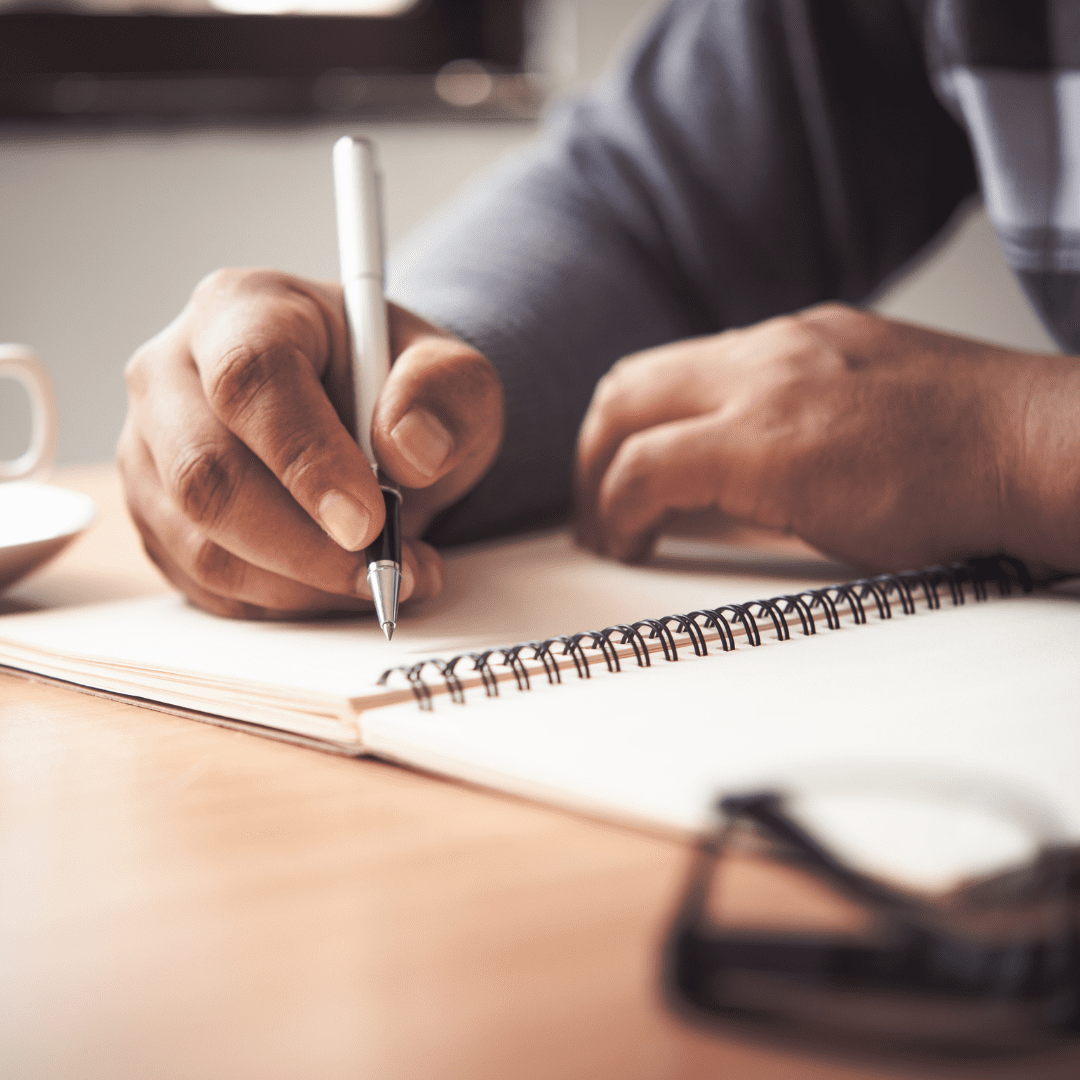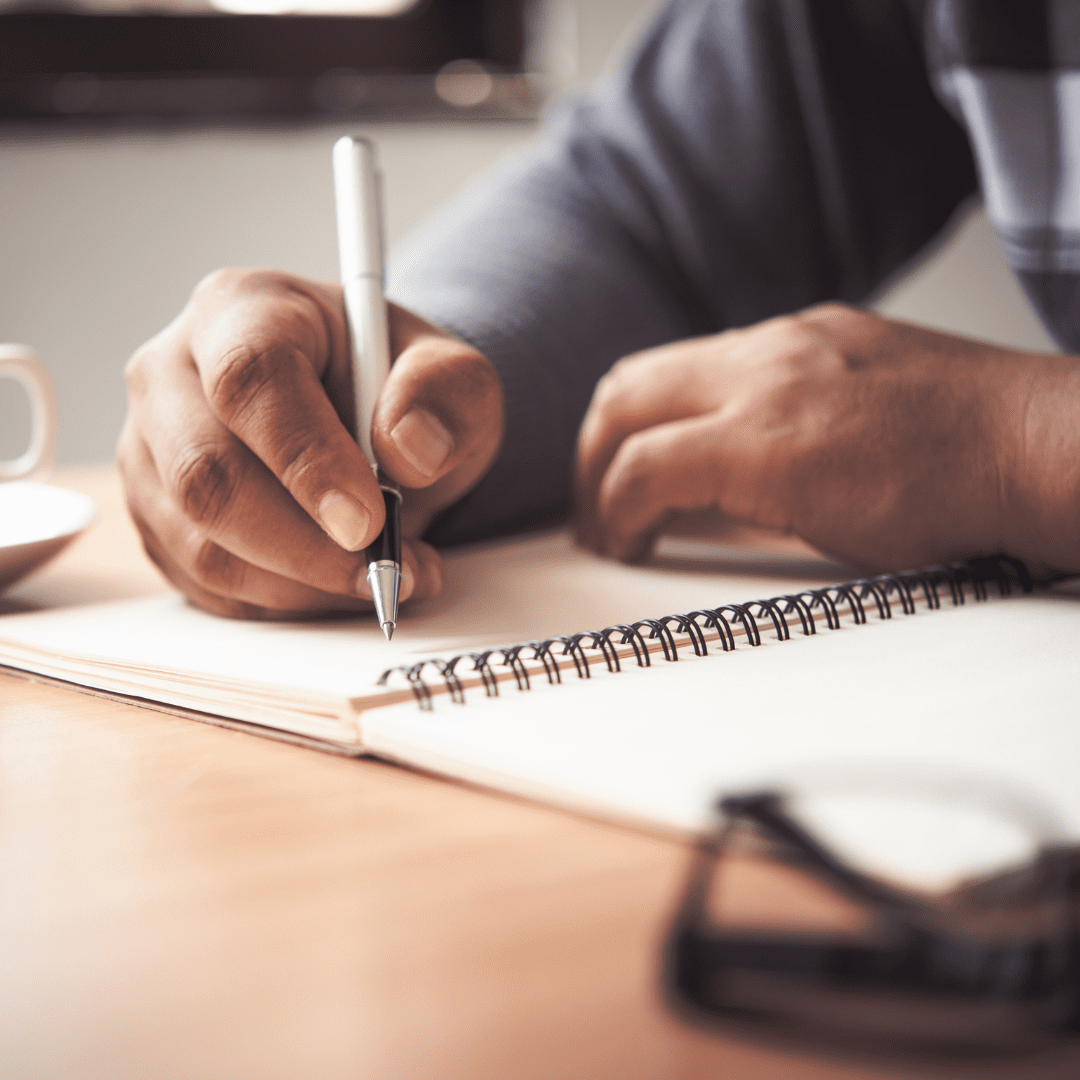Journaling is not just some hokey thing that therapists ask you to do. Research suggests that people who write about their life experiences report greater physical and psychological well-being, compared to those who merely think privately about their experiences. This may be because writing requires you to structure and organize your thoughts more carefully and allows you to process emotions, whereas just thinking about an emotional event can be more random and may result in rumination.
Furthermore, research has found that when we put our feelings into written words, we reduce the activity in the amygdala while activating the prefrontal regions of the brain. The amygdala plays a key role in activating the body’s fear and stress responses in times of perceived danger (i.e., Fight or Flight Response). Reduction in this area of the brain and increased activation of the prefrontal cortex (the logical part of the brain) allows you to process emotions instead of simply reacting to emotions. Journaling can help us shift from a high stress response to a more reasoned, insightful response to a particular life challenge.
Handwriting your experience may further enhance the benefits of journaling. This is because handwriting accesses the left brain, which is analytical and rational, allowing your right brain to be free to create, feel, and tune into intuition. When you write with an open mind and no limits, you remove mental blocks and use all of your brain to better understand yourself, others, and the world around you. This creates new neuronal connections and reduces the possibility of rumination.
So, get old-school, grab a pen and paper, and get to writing!!!
Extra Hint: This is also a good strategy to help children process and manage emotions. So, encourage your kids to get in the habit of writing it down!












